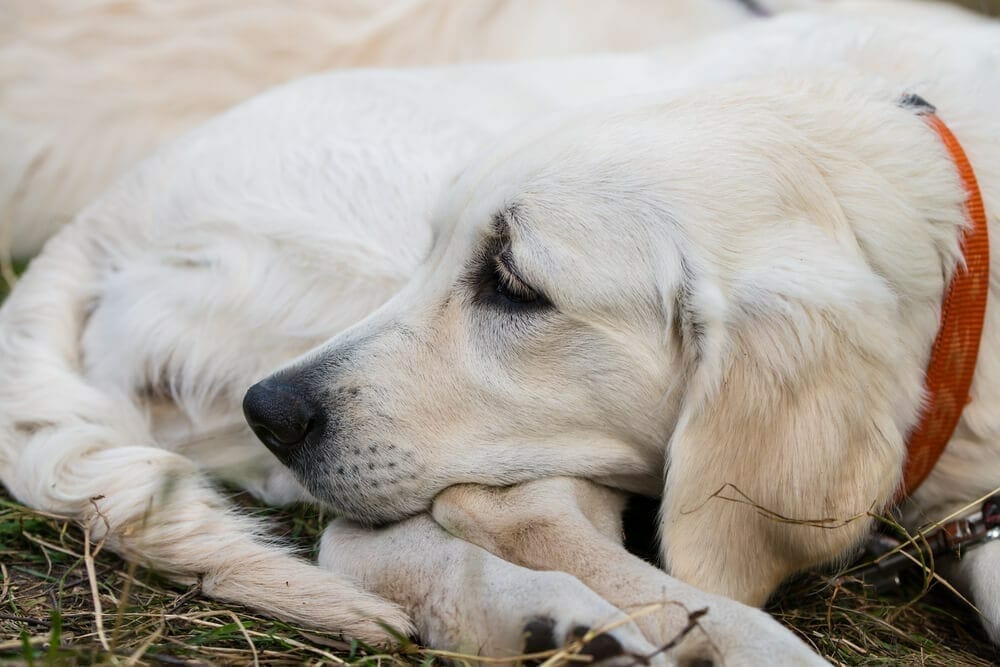
Protect Your Pup’s Hips
What is Hip Dysplasia? Pet Insurance Australia explores what Hip Dysplasia is and how to help protect your pup’s hips.
Hip Dysplasia is certainly a continuing hot topic of conversation in the veterinary world. It is caused by a combination of inherited and environmental factors that can lead to a very painful condition that may require surgery in its later stages.
Hip Dysplasia is when the hip joint is not formed correctly causing instability in the joint. This is not necessarily the actual bone, but the ligaments and muscles supporting the joint. This abnormal development allows the leg bones to become more mobile, leading to additional wear and tear on the joint and ultimately causing instability and painful symptoms.
It is more common in some breeds of dogs which indicates to scientists that the condition is genetic. However, the exact gene responsible is still not known. Researchers have discovered genes that are associated with the condition but this is also breed specific. What is known is that some lines will develop the condition more than others. Therefore, good breeding is paramount in helping to prevent this debilitating condition. As too is controlling environmental factors during puppyhood such as weight, exercise, nutrition and trauma.
It is widely accepted that the earlier the treatment, the better. So, if you suspect your young dog is having problems with his/her hips, it is vital you seek a diagnosis quickly.
HIP SCORES?
Many breeders of dogs that are associated with Hip Dysplasia will offer ‘hip scores’. This means that the mum and the dad of the pup have been screened and given a score regarding the health of their hips. Scores from each hip are added together to give the overall number for the breeding dog. Ranging from 0-106. The lower the score, the better. Breeders will then only breed from bitches and dogs that contain the lowest score or the lowest breed average. When seeking a dog from a breed that is considered a high risk of developing the condition, always ask to see the hip-scores of the parents of your possible pup.
SYMPTOMS
- Lameness in your pup
- Stiffness in hip joints
- Bunny hopping
- Reluctance to exercise or go up stairs
If you are concerned about your pup’s hip health, early diagnosis is a must. Please seek veterinary advice quickly if your pup becomes lame or is showing signs of pain.
Prevention
There are some vital steps all puppy owners can take to help their pups’ hips during the developmental stages. This is especially true if you own a breed that is more susceptible to hip dysplasia.
WEIGHT
do not allow your puppy to become overweight.
EXERCISE
do not over-exercise pups, particularly large dogs. Avoid allowing dogs to jump from high objects or run up and down stairs. Speak to your breeder and veterinarian about the correct amount of exercise for your dog. Your puppy is growing so quickly that their joints need to be protected from possible trauma and overuse.
NUTRITION
A good quality puppy-food is vital. All puppy foods are ‘complete’ foods meaning you do not need to add anything to the food. Speak with your vet and breeder for more information on what to best feed your growing pup.
GOOD BREEDING
Only purchase your puppy from a reputable breeder. Do your homework and don’t be afraid to ask questions.
Get the latest Pet Insider Tips & News
We offer award-winning* pet insurance policies to protect your furry friend’s health and wellbeing. Get a quote today and give your pets the care they deserve.
Archives
Categories
- Cat Care (64)
- Cats (1)
- Dog Care (124)
- Guides (28)
- Health and Nutrition (200)
- Lifestyle and Activities (219)
- Media Release (24)
- Pet Care (246)
- Rescue Dogs (1)

